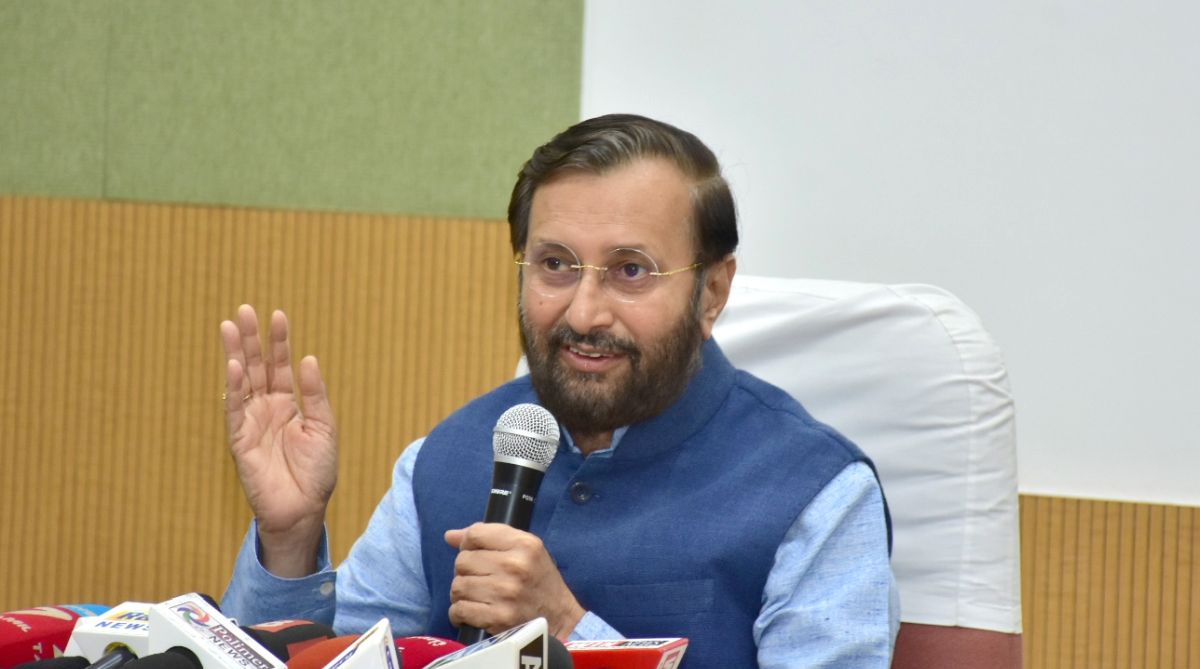The Union HRD Ministry had, some months ago, announced that it planned to scrap the University Grants Commission (UGC), the All-India Council for Technical Education (AICTE), and various other higher education regulators and replace them with a single new body named Higher Education Empowerment Regulation Agency (HEERA), which would regulate both technical and non-technical institutions. Recently, however, it announced that instead of HEERA, it is now bringing in Higher Education Commission of India (HEC) by repealing the UGC Act. This initiative appears to address the reform that the Ministry hopes to bring about that will be of critical significance for higher education in India. Word on other regulators is still awaited.
For nearly a decade, concerns have been raised in many quarters about the deteriorating quality of higher education resulting from highly bureaucratic command-and-control based regulatory mechanisms in place akin to the license raj that India witnessed until the economic reform of 1991.
Advertisement
A case in point is that of a 2010 AICTE circular which announced that matters related to admissions, curriculum, fees, and the like would be decided or approved only by an authorised government agency. This circular was challenged in the Supreme Court, and institutions have been functioning since then based on the reprieve granted by the apex court. This matter has now been resolved through a compromise solution, but the core problem issues remain.
Multiple regulatory controls by numerous statutory bodies with their labyrinthine mechanisms have challenged all institutions, preventing an innovative and creative environment from taking root in higher education institutions. To illustrate, to set up a greenfield university one may have to seek various permissions from more than 16 different government departments. Also, regulators prescribing areas in an institution that must be used for toilets shows the level and extent of such micro-regulation. Such ‘deep regulation’ reflects a flaw in the entire oversight system.
In the past, the reports of various committees and commissions have highlighted the deficiencies of regulatory bodies, however, so far nothing substantive has come out of these reports.
Indian institutions/universities hold dismal rankings in the academic world. Currently, the best we have is IIT Delhi, at 172 in the QS World University Rankings 2018. Next is IIT Bombay at 179 and IISc Bangalore at 190. China including Hongkong, for example, has nine universities in this list of top 100. In the Engineering and Technology sub-list, however, IIT Delhi ranks 64 and IIT Bombay is at 68. With major financial support and almost full autonomy without having any external regulator, this is the best international ranking these government institutions have attained in the 60-odd years of their existence.
It is interesting to know that reportedly India filed just about 45,000 patents last year while China filed over a million patents. Further, Chinese (who do not speak English) institutions’ publications in refereed journals is about four times that of publications from Indian institutions in European or North American refereed journals. It is reported that about 80 per cent of Chinese students studying abroad return to China while this figure for India stands at about 20 per cent. This can be construed to reflect a poor academic and research environment in India.
With the pincer-like grip of regulators stifling any autonomy, it is anybody’s guess what Indian private institutions can achieve when it comes to global standards, for there are a few private institutions giving tough competition to these government institutions. Institutions such as Harvard, Stanford, Kellog, Oxford, MIT, and the like earned their status of “world class” not through government guidelines or regulations, but on their own through the autonomy they enjoyed. Thus, it will do India good to treat private and public institutions at par, as output is the same, and only then to hope for some respectable international standing.
It is high time Indian higher education found its proper moorings at the global level and minimised the outflow of lakhs of Indian students, who leave the country every year in search of quality education.
Based on income levels of academics and research funds available in the high ranking institution countries, it is easy to speculate that India needs a sound financial model that addresses the compensation level of academics and funding to institutions for research. One of the important aspects in bringing up the quality of higher education besides autonomy is the funds for carrying out quality research. Quality in teaching and research must be built through a “pull mechanism” as merely providing funds as a “push mechanism” cannot ensure quality.
Thus, it would be very critical for the education system to foster an ecosystem that builds a “pull” to enforce quality in teaching and research. As a quick recommendation, it can be said that there be full autonomy to all on revenue generation and the compensation given to academics. Further, the research funding is vested with independent apex peer-driven academic councils only and not with a government body.
If the issues holding back such a major shift in policy are not addressed appropriately, the new regulatory environment would reflect a lackadaisical and half-hearted reform and may become yet another case where the problem simply has changed hands. Any reform must be aimed at achieving the desired output, lest it becomes a case of ‘Old Wine in a New Bottle’.
The writer is Director, Fore School of Management, New Delhi.











